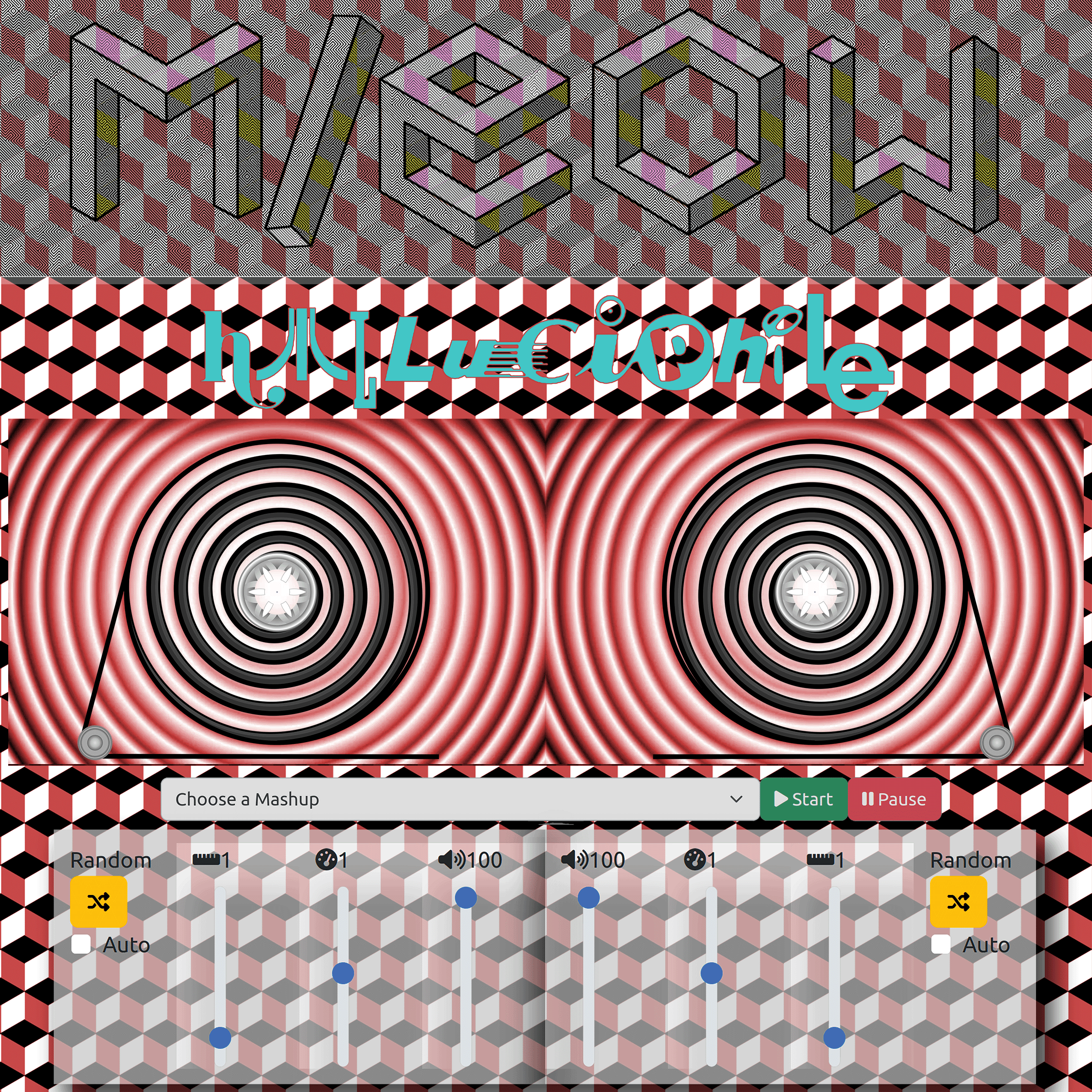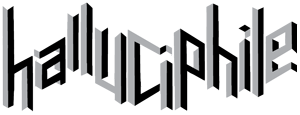Digital Artwork
Glitch Art, Generative Pieces, and Digital Experimentation
halluciphile's digital art practice is rooted in authentic glitch techniques and data manipulation, predating the widespread availability of manufactured aesthetic filters. The work represents a commitment to process-driven creation where technological failures and errors become the primary aesthetic engine.
"As a digital artist he was early to adapt actual glitch techniques into his artwork before the aesthetic could be manufactured from a plethora of apps. In a field now saturated with filters and presets, halluciphile's long-standing use of authentic, process-based glitch techniques connects the work to the origins of the movement."
Data Manipulation
Direct hex editing, file corruption, and byte-level manipulation to create glitch artifacts. Authentic errors rather than simulated effects.
Hardware Intervention
Circuit bending, physical media disruption, and hardware-based glitch generation techniques.
Generative Systems
Algorithmic and rule-based systems that produce unexpected visual outcomes through programmatic error introduction.
Digital Works Gallery
Visual Language & Motifs
Emoji Iconography
Digital symbols as visual language, tokenized as art
CMYK Color Theory
Print-based color separation and process color aesthetics
Glitch Patterns
Abstract corruption artifacts and data visualization
Skull Motif
Recurring symbolism across digital and physical works
Digital to Blockchain Evolution
The digital art practice naturally evolved into blockchain-based tokenization, where the same principles of authentic process and technical experimentation apply to decentralized systems.
Key Connections:
- Punycode Art (2014): Digital emoji symbols tokenized on Namecoin
- Glitch Variants: WHOTHATPEPE.glitch and other glitched NFT versions
- SVG/Vector Work: All 12 Punytokens available as scalable vector graphics
- IPFS Storage: Digital artworks preserved on distributed storage networks
The intersection of authentic glitch techniques and blockchain provenance creates a unique position within both digital art history and crypto art movements.





